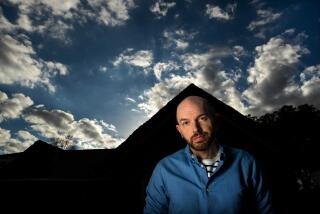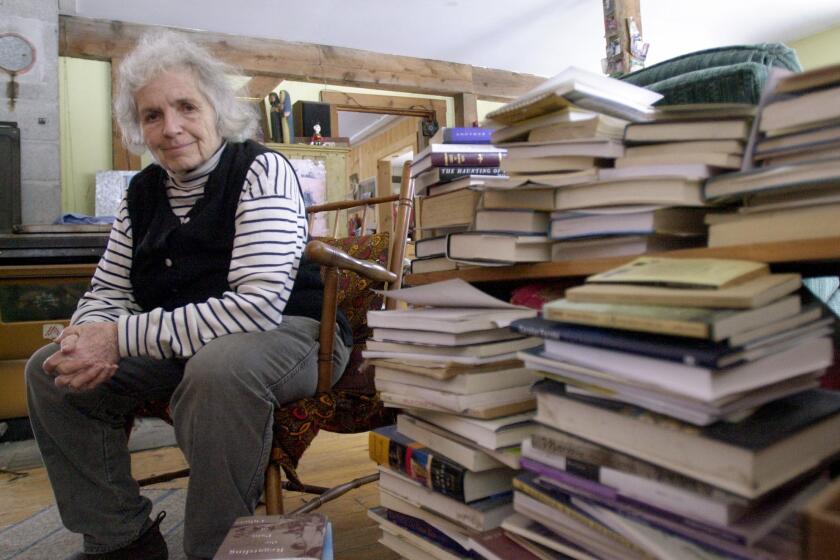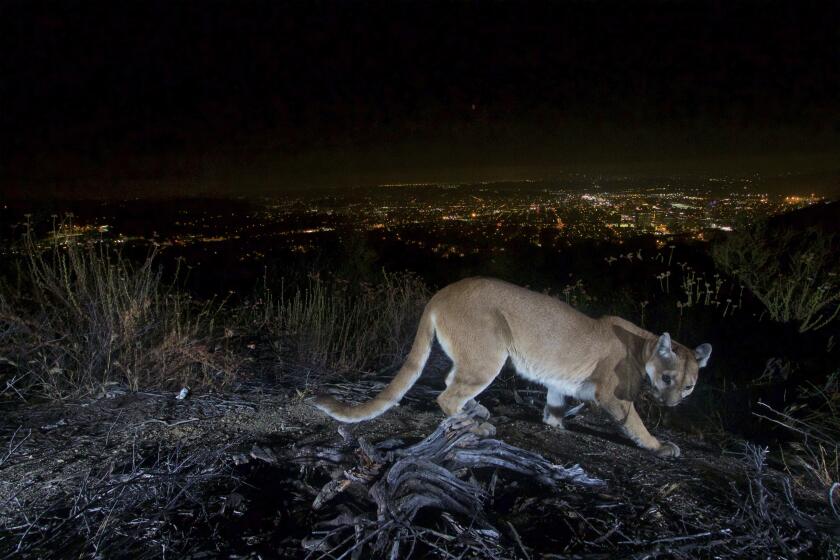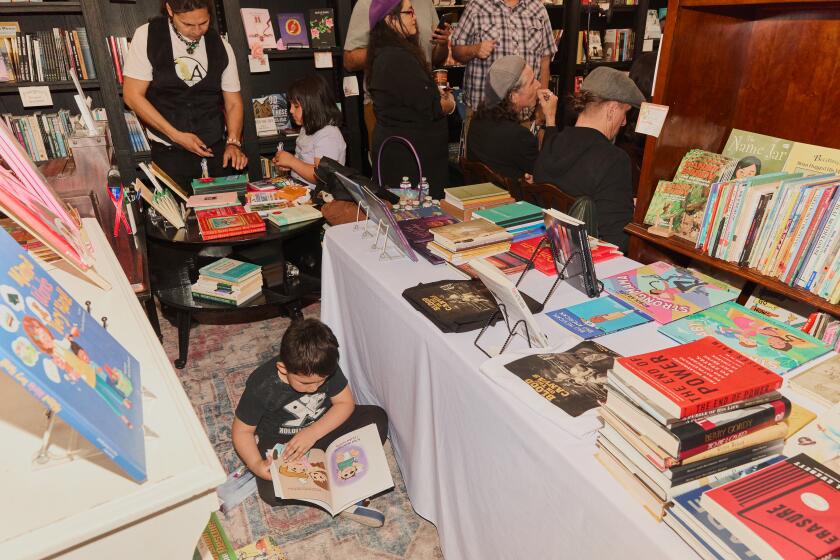Digging Deep Into Ireland’s Dark Past
It has been said many times and in many ways that the Irish have crafted the very spine of literature in the English language.
The last several years alone have seen the rise to commercial popularity of writers such as Frank McCourt, Seamus Heaney, Colm Toibin and Edna O’Brien. They are only the most glaring examples of a voice that is a pleasure to hear, a voice that has become increasingly bold and deep as it emerges from a silent and thwarted history to cast its wisdom over injustice and repression and hunger all over the world.
Perhaps as writers of the new generation face the black depths of their history--primarily the great famine of the 1840s--their voices will command the authority they deserve.
“Deep down,” writes Ray Yeates in his contribution to “Irish Hunger,” a collection of memories, hopes, ghosts, fears, conjecture and fact about the famine, “I think I have always known that to be Irish meant to be a lovable loser.”
Shame and distrust appear in every essay, sometimes clothed, sometimes naked, but they are two of the undeniable legacies that emerge, two examples of the long shadow cast since the famine. As with any great story, the elements that are repeated in the retelling, those pieces that are burnished by each new teller, lead to the deepest truth in history, in fiction, in everyday life.
“This is,” writes state Sen. Tom Hayden, the book’s editor, “the first collection of essays about the Famine legacy on Ireland and the Irish who came to America.”
With 1 1/2 million people dead and 1 million emigrants, how can that be? “It does seem true,” writes Nuala Ni Dhomhnaill, “that the terrible imprint of the Famine and the trauma of colonization is something that we are finally coming to terms with. It is as if we are waking up from a state of zombification.”
Answers are offered. Nell McCafferty writes that “it was difficult before independence [in 1922] to complain about Ireland’s greatest disaster without incurring the severe displeasure of Her Majesty’s [British] government.”
John Waters writes of a “historiography which emerged [following independence] to feed national self-confidence,” rather than national wounds. “We do not talk about our history,” he continues, “as though it were our history; we talk about it as though it were somebody else’s business.”
The best of these essays do, in fact, share the quality of being written by wakers from a dream. Writers stretch back into the past, remembering fathers, grandfathers and great-grandfathers, imagining the lives of their ancestors; they blink on the present, questioning the famine in their own lives; they wonder about hunger and about the future, about current forms of colonization and exclusion.
Several writers refer to the British.
“The Famine,” writes Brian Lacey, “was certainly more than an ecological disaster. The old jibe that ‘God sent the blight but the British brought the Famine’ is an indication . . . that human hunger has more to do with politics than with natural agencies.”
More disturbing is the observation Sean Kenny makes that for “every voice that lays the blame at Britain’s door there is some Irish apologist to say we did it to ourselves.”
This sense of shame is described most brutally in a passage from Asenath Nicholson’s 1850 book, “Lights and Shades of Ireland.” There is a cabin in which a mother, father and two children have starved to death: “The mother, it appeared, had died last, and probably fastened the door, which was always the custom when all hope was extinguished, to get into the darkest corner and die, where passers-by could not see them.”
How can this story be told, this history revealed?
“Thinking isn’t enough,” writes Waters. “If we are to get to the truth, we have to trust the way we feel.”
This process can begin with common memories, and details resonate from essay to essay: the coffin ships bound for America, stories of mouths stained green from eating grass, of the grain that continued, throughout the famine, to be exported to England.
There is a great deal of awakening here. Hayden compares John Kennedy, “that icon of assimilation,” to Robert Kennedy, “a raw Celtic spirit.”
“For the first time,” he writes of Robert Kennedy, “I felt there was such a thing as an Irish soul.” He wonders, “Do trauma and denial stay with us, only repressed through time? Or can these matters be wiped from memory, without damage or loss?”
It seems that Hayden knew the answer to the last question was no. It is the flowering of memory that makes these essays more like a conversation than a collection.
Behind it all, the lifeblood of the book is the writers’ great dependence on the country of their ancestors, the very strong tie, no matter how attenuated, between the Irish and the very county, the very patch of land they came from.
It is this fountain of strength that would seem to be the source of Irish wisdom. The more complete their memory--historical, personal, geographical--the stronger they will be: writers, fathers, mothers, politicians, rebels, poets.
More to Read
Sign up for our Book Club newsletter
Get the latest news, events and more from the Los Angeles Times Book Club, and help us get L.A. reading and talking.
You may occasionally receive promotional content from the Los Angeles Times.






